In the world of gardening, November is a month of closure. Raking leaves, pulling out flowers, putting the lawnmower away for winter—there are plenty of signs that the season is ending. This month, as you wind down your garden work for 2016, don’t miss out on these season-ending tasks—and a very important first task for spring you need to take time for now.
First, it’s time to rake leaves. Autumn’s colors this year were particularly vibrant, and I was sad to see the leaves begin to fall, but by now, most of the leaves have fallen from the trees around your neighborhood.
If you haven’t yet raked the leaves off your lawn, don’t wait—the nearly incessant rain we’ve had this fall will mat the leaves down on your lawn, smothering your grass if left too long. With relatively mild temperatures continuing, mold or fungus issues could further complicate the damage. In short, rake up your leaves to avoid having to repair your lawn next spring!
Secondly, now is a good time to prune some of the plants around your yard. Although we haven’t had a real frost yet to signal to plants the need to go dormant for winter, the shorter days are signal enough for many plants, and now is a good time to cut them back. Cleaning up the dead foliage on dormant perennials will remove insect eggs and fungus spores, ensuring healthier plants when they wake up next spring.
November is also a good time to cut back roses and some varieties of hydrangeas. For rose bushes, the benefit of a fall pruning is to reduce the risk of winter damage from snow or wind, not to shape the plant or promote healthy new growth. For that reason, don’t stress over the science of good pruning—just cut your rose bushes halfway back and call it good; more exact pruning should wait until early spring.
If you have a variety of hydrangeas around the yard and want or need to prune them back to control their size, late fall is a good time to prune some varieties, but certainly not all. If you have traditional mophead varieties with the blue, pink or purple ball-shaped flowers, don’t prune them now. Likewise for lacecap types, which have a flat bloom comprised of a ring of bigger petals surrounding a center of very small blossoms. Because mophead and lacecap hydrangeas typically bloom on “old wood,” they’ve already formed their buds for next summer, and pruning in fall will likely sacrifice many of your flowers. Thus, prune these in late summer just as the flowers begin to fade to ensure the most flowers in the coming year.
Over the last dozen years, however, panicle-type hydrangeas with cone-shaped flowers in shades of green, white and pink have become increasingly popular, in part for their ease of pruning. Cut these back anytime now through early spring and you won’t sacrifice any of your flowers. The same rule applies to arborescens hydrangeas, the most common of which is the popular ‘Annabelle’ variety.
Finally, November is the perfect time to start on lawn care for the year. Because lawn grasses bulk up their roots systems in late autumn to protect against winter damage, doing one last feeding in November ensures a healthy lawn through winter. Use a fertilizer like Scotts Turf Builder Winterguard this month after your last mowing of the year, and see the difference that a late autumn feeding makes in creating a beautiful, lush lawn to start next season!
Enjoy the slower pace that late autumn brings to your garden, and make the most of your efforts to ensure a healthy lawn and garden for winter and the coming year.


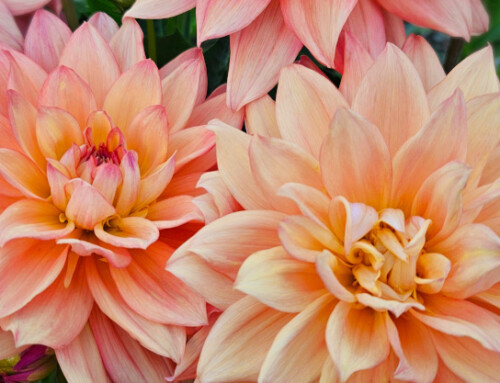
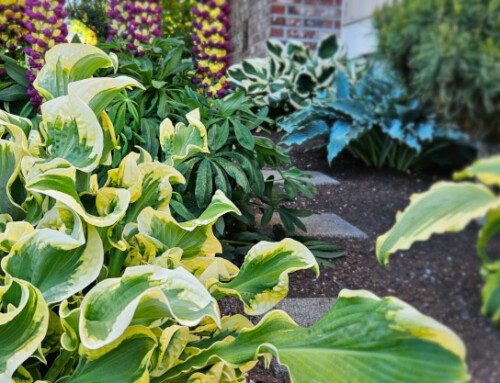
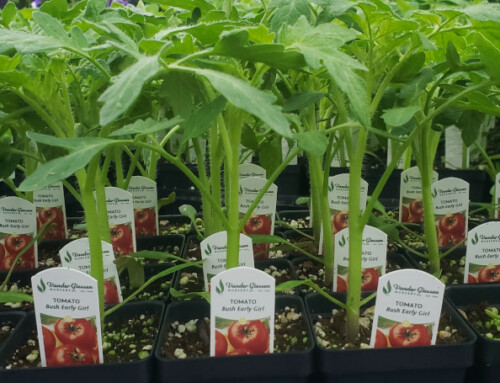
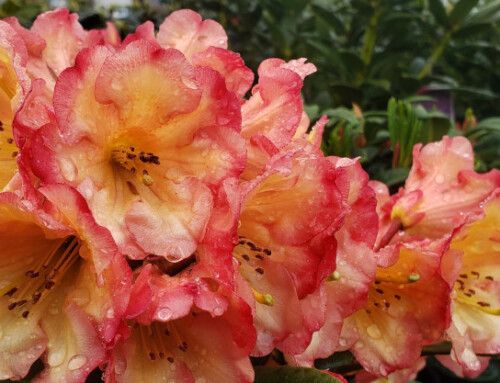
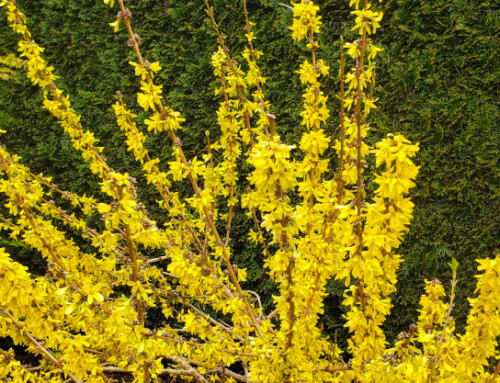
Leave A Comment